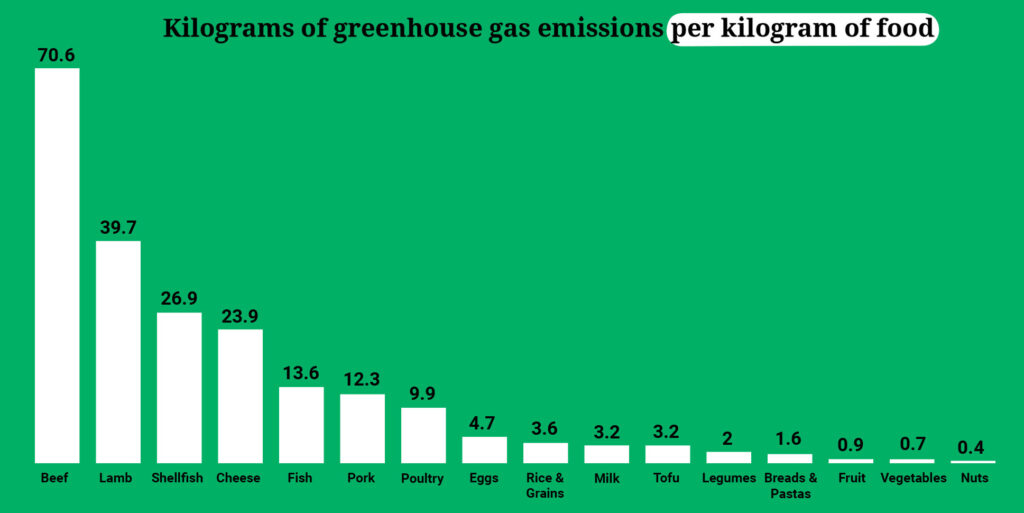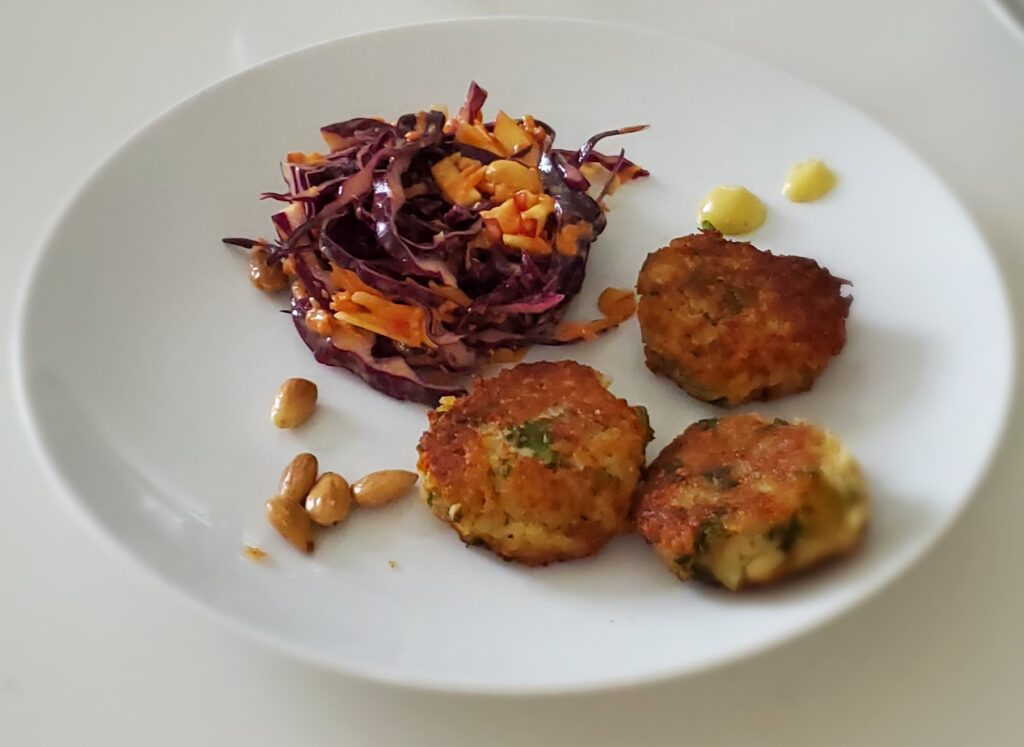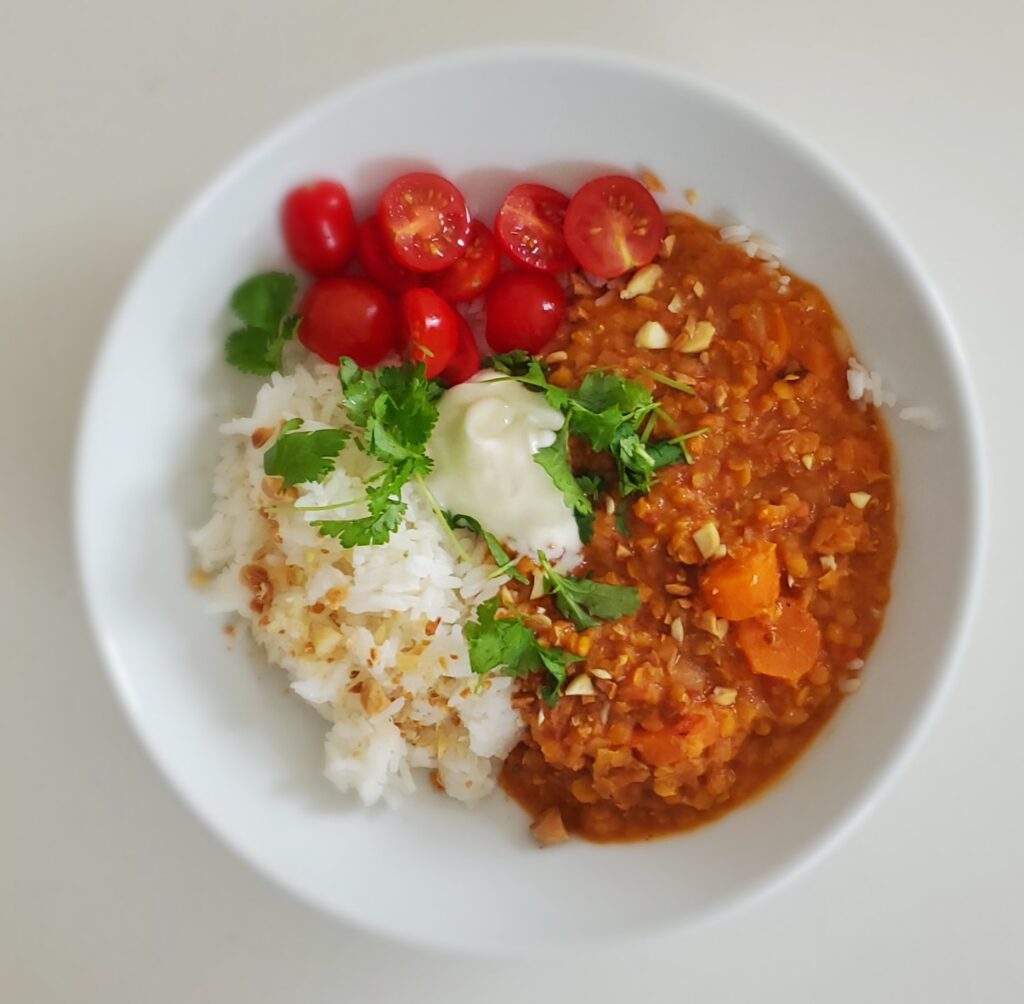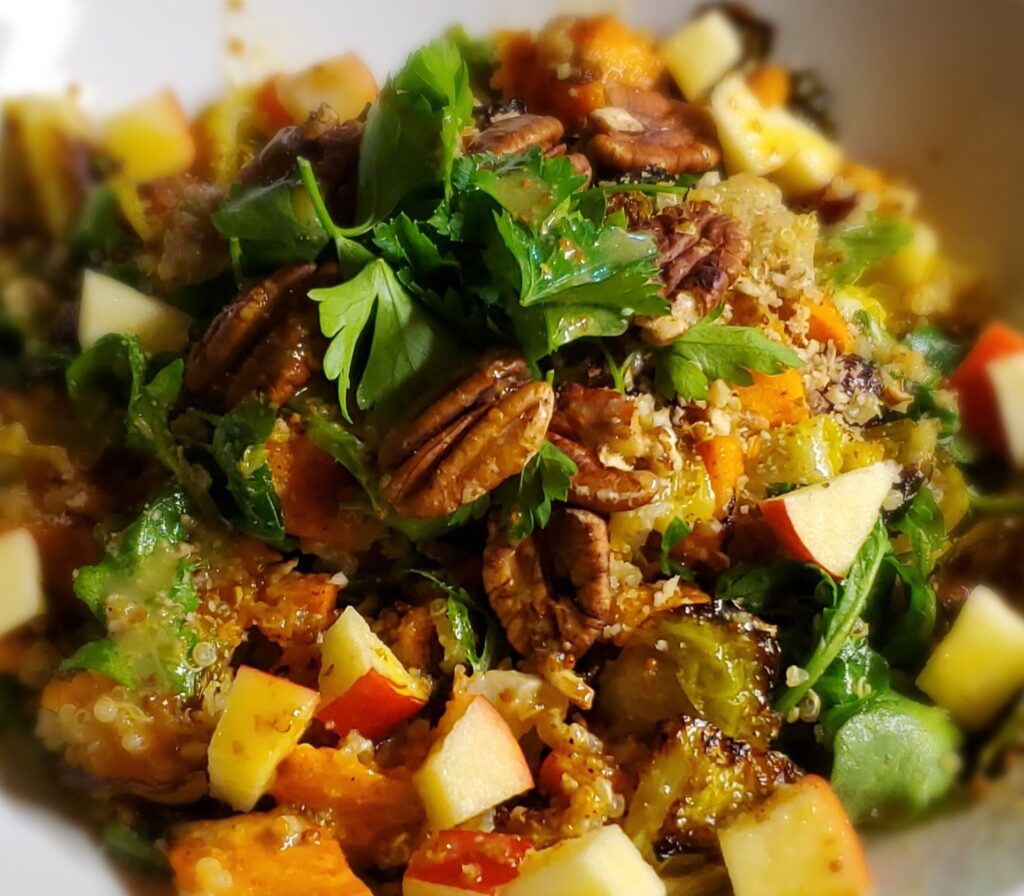
How about “planet-first?”
Okay! I know! Labels are not normally viewed as positive.
I have always tried to make sure that I set the appropriate example for my daughter by not prejudging, labeling, or generalizing. We have had many conversations about values while driving in the car together. I am guessing that is a mom trick – using car rides together as a space to create teachable moments. I know that my sister also used the ski lift to impart wisdom. Any place where your kid is stuck with you will work, lol! Regardless, this label, “planet-first,” is one you want to wear like a badge of honor.
What is with the food labels?
My daughter once told a classmate that she was a “flexitarian.” A flexitarian diet includes eggs, dairy, and allows for occasional meat, poultry, and seafood. But you can imagine how well that label went over with a seventh-grade boy. Without being clear about what each label represents in philosophy and eating habits, it can be quite confusing and hard to keep track of. Maybe the best place to start is a quick review of diet definitions so that we are clear about the choices.
- A vegetarian is a person who does not eat meat, poultry, or fish. Some vegetarians eat eggs (ovo-vegetarians), dairy (lacto-vegetarians), or even fish (pescatarians).
- A vegan is someone who avoids all foods sourced from animal-based products. In addition to eliminating meat, vegans also exclude animal byproducts which include cheese, milk, eggs, and honey.
- A plant-based diet consists primarily of fruits, vegetables, nuts, seeds, grains, and legumes.
- A plant-forward diet is less restrictive than plant-based and does not exclude animal products entirely but instead reduces the amount of animal-based food eaten.
Both plant-based and plant-forward diets focus on unprocessed foods and therefore may be considered healthier in definition than vegan and vegetarian diets which allow for processed meat substitutes and treats. Unprocessed is always a winner over processed foods. That is the whole “label reading thing” – but that is for another “label” themed blog.
I am not even going to define fruitarian or raw diets or “WFPB no oil” because I could keep going down a rabbit hole of descriptors, but what I really want to do is put the planet’s health as our focal point. The important concept is to reduce your carbon food footprint as much as you can while you also implement other climate saving habits.
Hence the new label – the planet-first diet!
What you put on your plate matters – not just for your health, but for the current and future health of the planet. I know that sounds pretty heavy, but becoming a planet-first eater is not that hard. The idea is:
- to reduce the consumption of all the foods that have the highest carbon footprint like beef, lamb, shellfish, and cheese.
- to eat seasonally, and locally as a way to cut down on food transportation emissions.
- to choose the least packaged foods, therefore cutting down on plastic waste from food packaging.
- and to minimize food-waste through menu planning in an effort to cut down on methane emissions from food-waste rotting in landfills.
Planet-first eating is not about restricting yourself of an entire food group, but better balancing your plant-based foods like fruits, vegetables, whole grains, nuts, and legumes with other foods (if you desire) that have a higher carbon food footprint.
Giving up is hard to do.
When it comes to food choices, I wish I was a “quit cold turkey” kind of gal, that would make life so easy! Unfortunately, I am the opposite! I can pick up bad new habits instantly and it feels like it takes me forever to establish new healthy ones. Thankfully, my bad habits do not go further than chocolate and cheese! But still, I envy those who can make quick permanent changes without skipping a beat.
My motivation to become a plant-based eater is, was, and will always be to improve the environment! There is no doubt that animal products cause greater damage through greenhouse gas emissions. As the picture above shows, if we want to make real headway, we need to eat food from the furthest to the right. Nuts, vegetables, fruit, grains, and legumes are the absolute best choices.
Stay focused on the goal!
Argh! Look where cheese – my Achilles heel – is on the graph! My husband’s struggle is not with cheese. We will all be a bit different, and that is exactly the point. My husband still wants to eat meat every now and then. I am never going to judge someone, including him, for the food choices they make. What I am going to continue to do is ask for every person to eat less of the food on the left of the graph, and more of the food on the right.
I know some of you will be able to adopt a planet-first diet immediately and others will focus on a percentage change by switching up one meal a day, or one day a week without animal products, whatever fits. My real goal with this new label – “planet-first” – is that we can communicate, make decisions, and not be judged for our food choices. If you can keep your focus on the four points listed above, then you are a successful planet-first eater and should shout that from the rooftops!
Eating for the planet first.
When someone asks you can say that you are a planet-first eater and have made that choice because you want to impact the environment positively. No eliminating entire food groups, no judgement, no management of cravings, or worrying about nutrition – just changes that put your carbon food footprint into the equation. That choice – eating for the planet first – will improve the planet health, and yours too!
If you feel like you want a little more support, check out this resource that offers a lot more detail on a diet based on planet health and the impact of food choices on the climate. Also, check out my recipes page for some of the planet-first meals that I serve at home. https://www.oneearth.org/planetarian-diet/





Leave a Reply